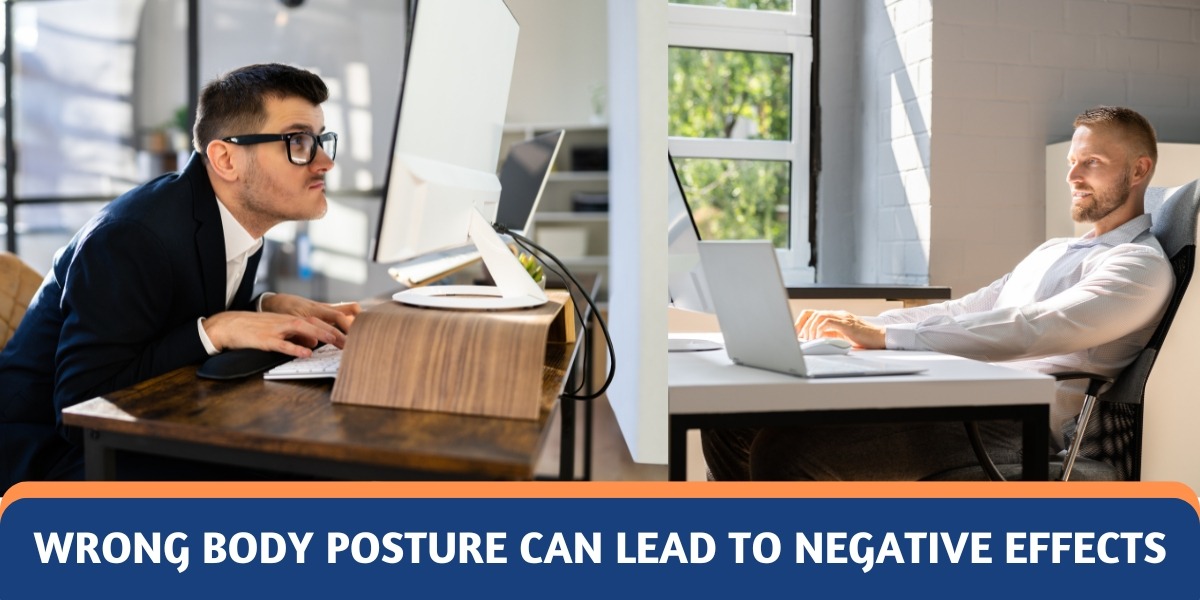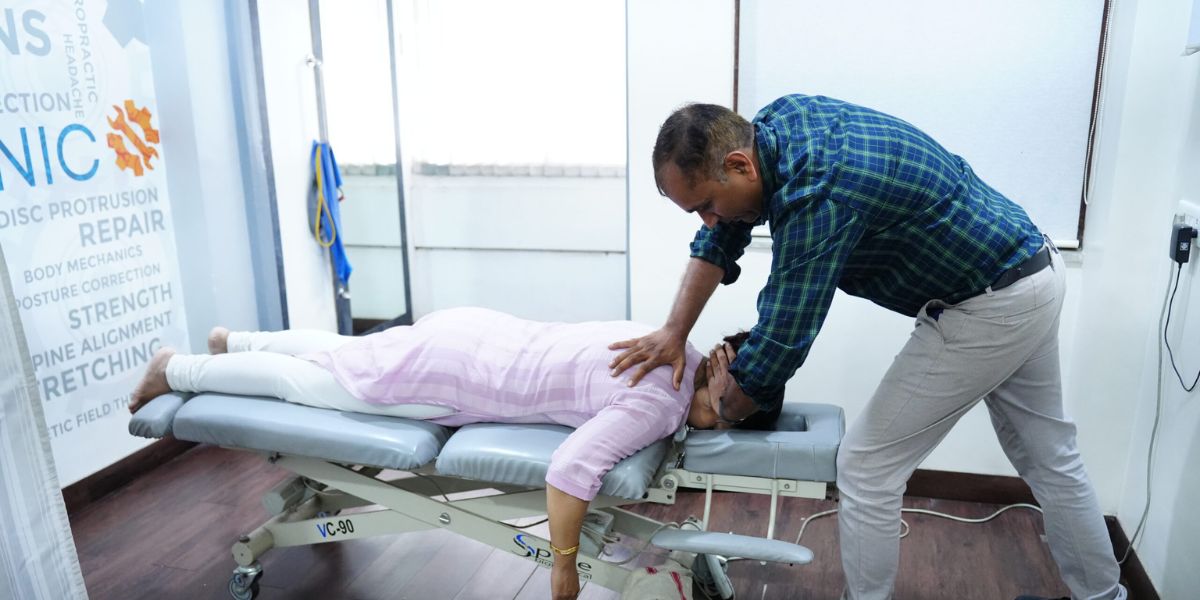Guide to Managing Rheumatoid Arthritis (RA) with Physiotherapy
Rheumatoid arthritis (RA) is a chronic autoimmune condition primarily affecting the joints. It occurs when the immune system mistakenly attacks the lining of the joints, leading to inflammation, pain, and eventually joint damage. Common symptoms include swollen and tender joints, morning stiffness, and fatigue. RA can also affect other body parts, including the skin, eyes, and internal organs. Treatment is done mainly by medications to reduce inflammation and pain, and physical therapy to maintain joint function. In some cases, disease-modifying antirheumatic drugs (DMARDs) or biologics are used to slow the progression of the disease. Early diagnosis and a comprehensive treatment plan are important for managing RA effectively. Physiotherapy, an essential part of managing rheumatoid arthritis (RA), aims to improve joint function, reduce pain, and enhance overall quality of life. Key aspects of physiotherapy for RA include: Exercise Therapy: Range-of-Motion Exercises: To maintain and improve joint flexibility. Strengthening Exercises: To enhance muscle support around the joints, which can help stabilize and protect them. Aerobic Exercises: Low-impact activities can help a lot like walking or cycling improve cardiovascular health without straining the joints Manual Therapy: Techniques such as joint mobilization can help to improve movement in the joints and reduce stiffness. Education: Physiotherapists guide joint protection techniques, proper body mechanics, and modifications in daily activities to prevent further joint damage. Pain Management: Heat Therapy: Using heat packs to reduce muscle stiffness and pain. Cold Therapy: Applying ice packs to reduce inflammation. Assistive Devices: Recommendations for tools like braces or splints to support joints and reduce strain. Posture and Ergonomics: Advice on maintaining good posture and setting up ergonomic workspaces to reduce stress on the joints. A physiotherapist works with patients to create a personalized plan based on their specific needs and the severity of their condition. Daily Living Activities: Techniques and strategies to help patients perform everyday tasks more easily and with less discomfort. Walking Aids: Instruction on using walking aids effectively to maintain mobility and reduce joint strain. A physiotherapy plan for RA should be personalized, considering the patient’s presenting symptoms, functional limitations, and overall health status. Regular check-up helps to adjust the treatment plan as needed to address the evolving nature of the disease. Say goodbye to the limitations imposed by joint pain, inflammation, and stiffness. Visit Human Mechanic Clinic OR Schedule Your Appointment By Contacting us at +917387411009. Your relief from arthritis is just a call away! Blog Written By Dr. Nishant Kawde – Consultant Physiotherapist at Human Mechanic Clinic Hadapsar, Pune.



